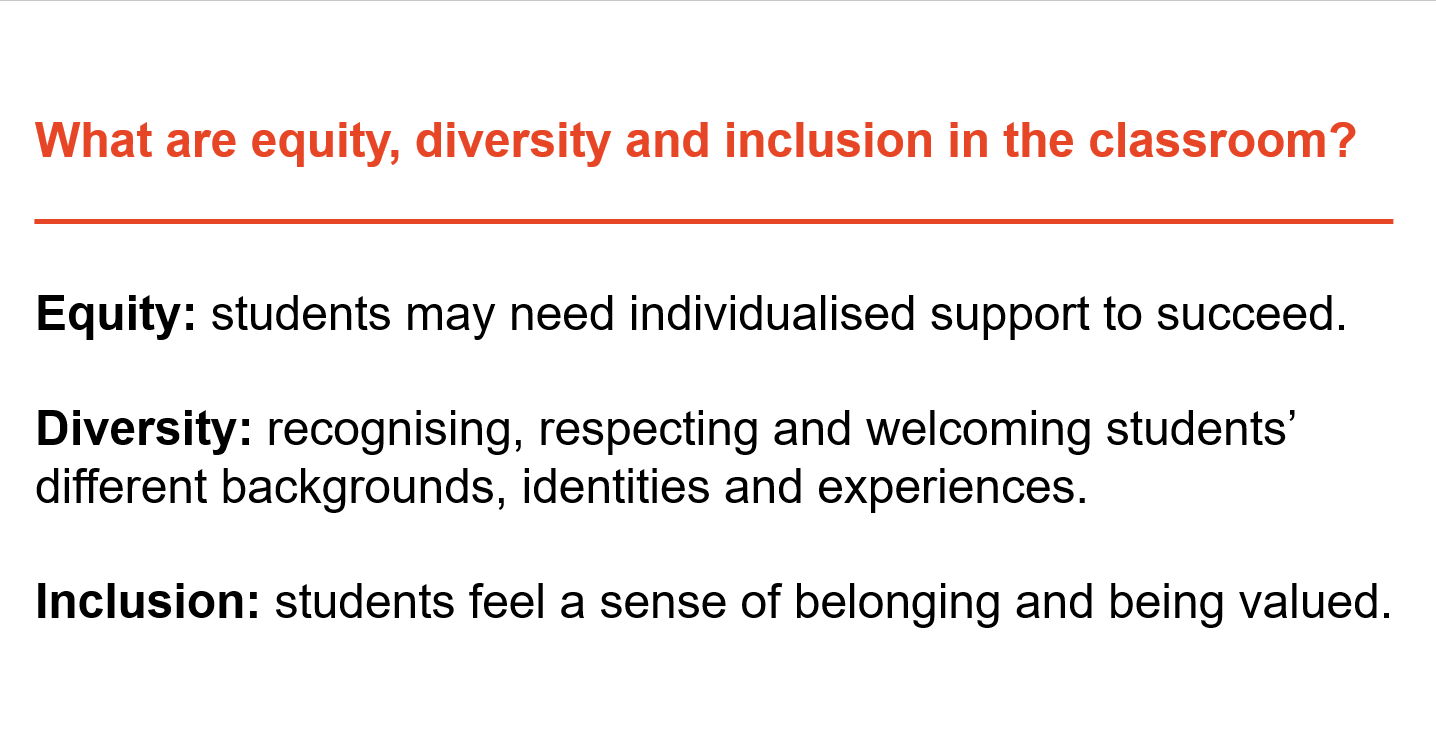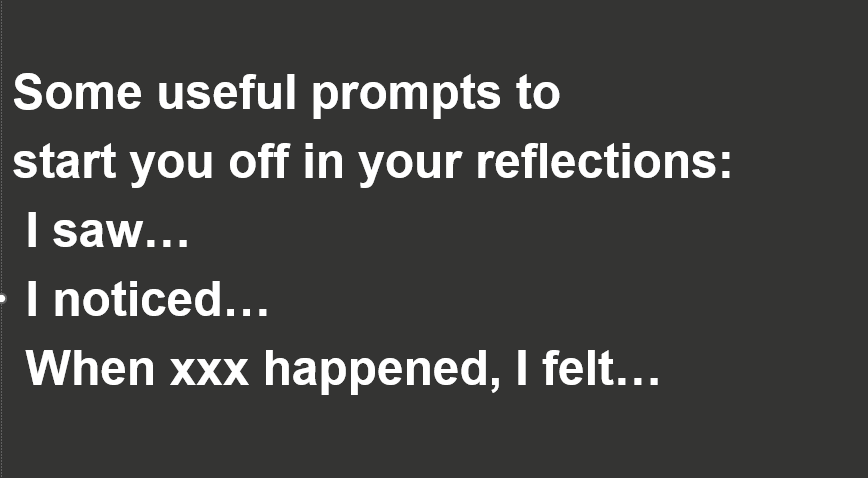All new tutors in the Faculty of Engineering are required to undertake the Tutor Development Program, a practical introduction to tutoring designed to help tutors start off successfully in the classroom or lab. This program has had demonstrable impact and excellent feedback, but there remans a continuing need to support tutors on their professional journey. In particular, we need to develop our understanding of current and contemporary issues in pedagogy as they relate to unique challenges in the STEM classroom (Rekha, 2023).
The rapidly changing nature of the educational landscape and the emphasis on preparing graduates for the workplace means we need to promote strong cultural awareness and respect for diversity in all its forms in our classrooms. With more students than ever before from diverse backgrounds, and tutors and lab demonstrators also increasingly drawn from diverse educational and socio-cultural contexts, there are growing challenges to be faced in terms of unconscious bias and discrimination in the classroom (Dee, 2017). While our tutors at the Faculty of Engineering have strong disciplinary knowledge and the required technical skills to deliver tutorials and laboratories to our students, they may not have had the time to pursue professional development in teaching, or look for ways they can support students from diverse backgrounds in the classroom.
Defining equity, diversity, and inclusion (EDI) in the classroom seems simple enough, yet understanding how to apply it in a higher education setting can be challenging, particularly for new tutors. We are told to treat everyone equally and yet the principles of equity seem to call for some students requiring and receiving “extra” support and attention. We are told not to single out aspects of race or cultural identity and yet the principles of EDI call for recognising and acknowledging different backgrounds and identities.
So how do we move forward?
The Engineering EDI program

The EDI in the STEM Classroom program aims to promote inclusive classrooms where students can learn in safe spaces, feeling respected and included, and a sense of belonging. It consists of two modules designed to prompt tutors to both reflect on their own possible biases and those of their students.
Setting the foundations in module one
The program’s first module is delivered online and comprises three topics: racial discrimination; religious discrimination; and gender and gender identity discrimination. The topics were chosen in response to qualitative student data from one of the schools in the Faculty of Engineering selected for the pilot program. It was felt that tutors would most benefit from information in these areas.
Each topic has a short reading, followed by a short quiz. We also filmed short videos for each topic using students from the Faculty to play themselves and paid actors to be the tutors. The videos focus on what to do and what NOT to do in the classroom. For example, one video has a tutor making a racist remark to a student of colour in class, and then when he is called out for it, insists that he is “just joking” and that the student is being too sensitive. Another video shows a tutor making offensive remarks to a non-binary student who is trying to inform the tutor of their preferred name and pronouns; the next video shows the tutor responding appropriately to the information.

The online module also contains an invitation to contribute to a Padlet about the video topics. Using Padlet in this way allows facilitators to follow the comments as they are published, tracking both progress and engagement. Tutor comments on the Padlets signify that they are able to apply a critical analysis to the videos and readings, and an informed perspective in their written answers. In other words, they ‘got it’.
Working together in module two
The program’s second module is delivered face-to-face, consisting of two segments. The first is a short presentation on policies and procedures of the University, specifically those that inform our behaviours, rights and responsibilities in the classroom (both students and tutors) such as the Assessment Procedures 2011, Work Health and Safety Policy 2016, and Bullying, Harassment and Discrimination Prevention Policy 2015. The emphasis is on the fact that things change, and likely have changed since tutors were students. Policies and procedures change and are updated in response to societal and student needs and so our behaviour in the classroom needs to change and update as well.
Module 2 also consists of a lively interactive session where tutors work in groups on a series of case studies. Topics for the case studies include:
- students who can’t afford new laptops
- students with less than fluent English
- students whose pronouns are They/Them
- students with visible or invisible disabilities
- male students saying inappropriate things to female students
To develop the case studies, we ran focus groups and invited students from each individual school to discuss their learning conditions. In this way, any specific issues in a particular school around EDI can be targeted through purpose-written case studies.
The aim of the case studies is for tutors to brainstorm possible strategies and solutions, informed by what they have just learned in both the online module and the policy and procedures session. Robust discussions take place about the ‘right’ and ‘wrong’ ways to respond to students who are themselves acting poorly. Facilitators correct misapprehensions or misinformation. For example, deliberately ignoring a student’s communicated pronouns and using their name instead would not be a recommended approach. Rather, the preferred approach would be to (1) check in with the student, (2) model the correct use of the student’s preferred pronouns and (3) take the time to inform other students of the need to be inclusive of someone’s chosen pronouns.
Program impact
The program has run in three schools in the Faculty of Engineering in 2023. Evaluations have been overwhelmingly positive, with 95% of tutors agreeing or strongly agreeing that they found the program worthwhile and would recommend it to their peers. We aim to offer the program to the remaining schools in 2024. Tutors are paid for completing the program.
If you would like to learn more or would like to run something similar in your own faculty or school, please get in touch.





